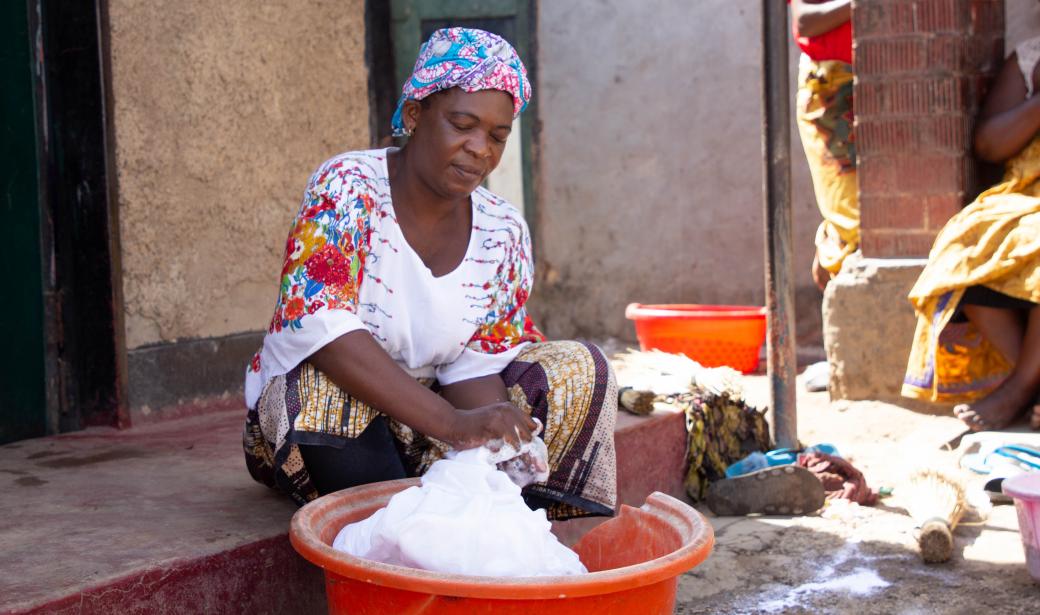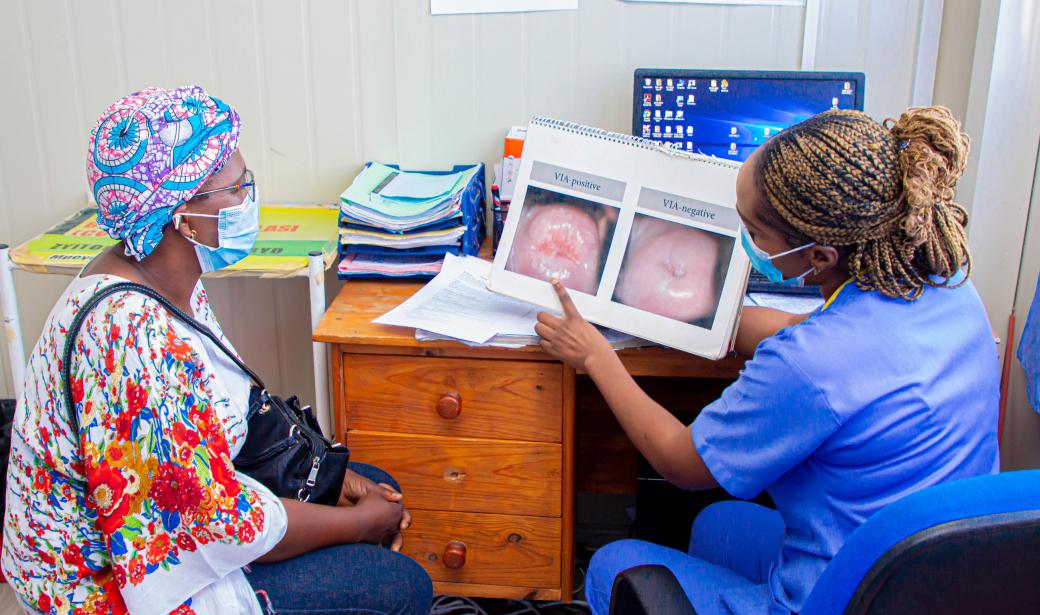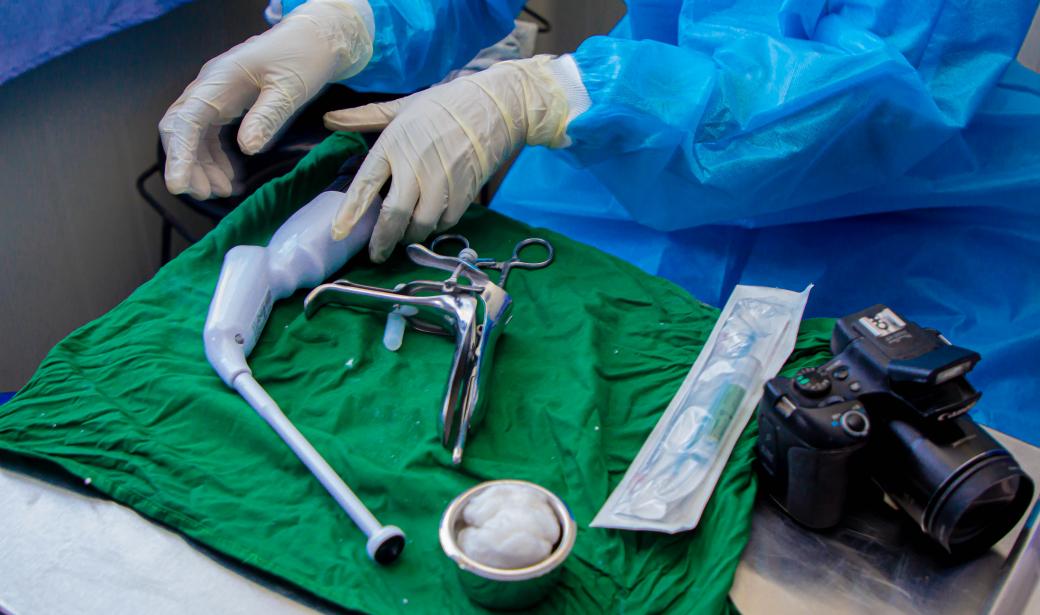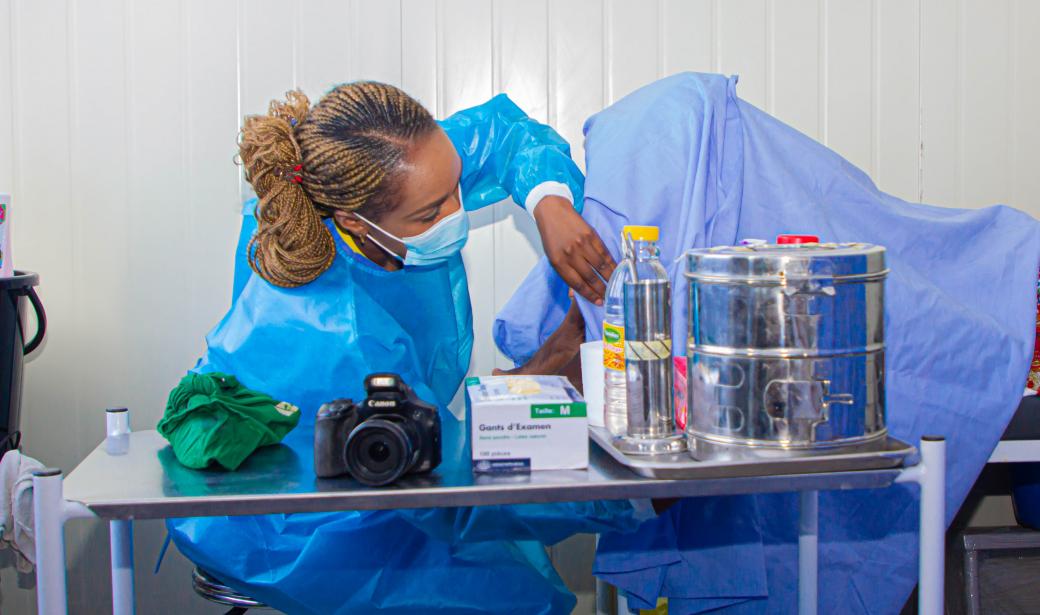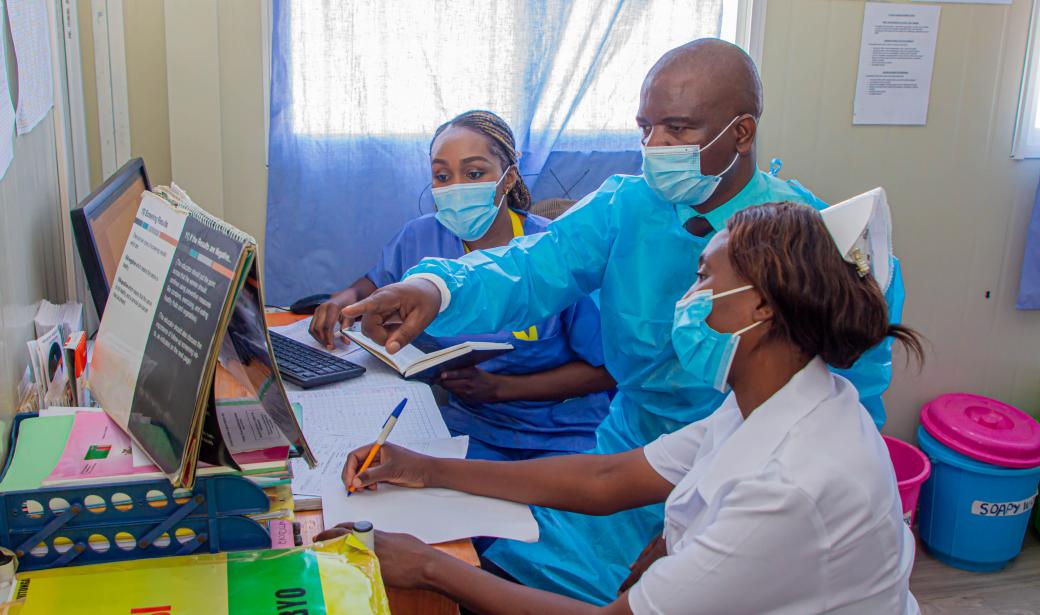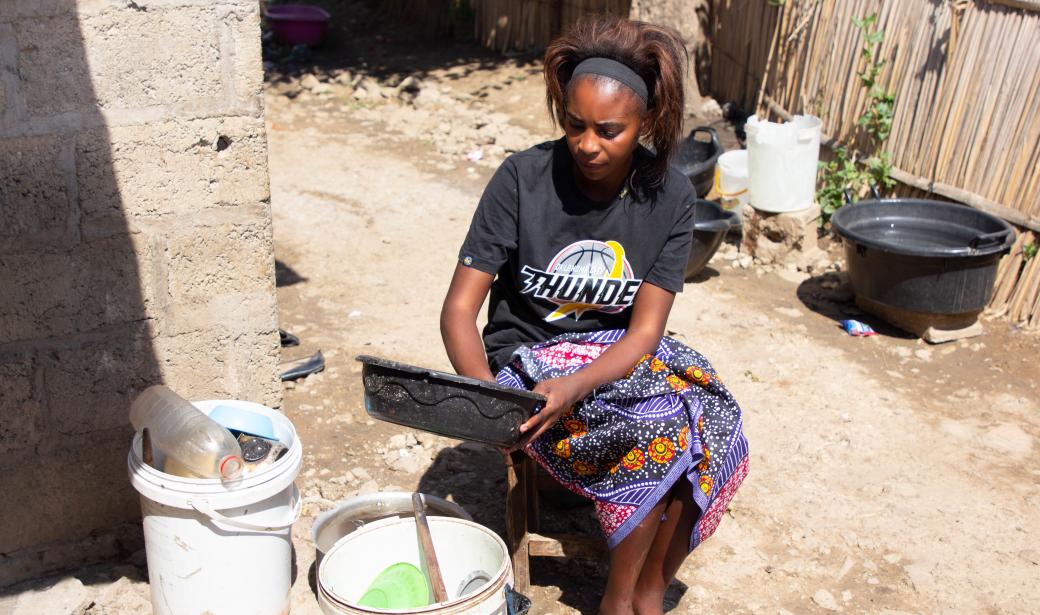Lusaka – Zambia has the third -highest cervical cancer cases globally. Three years ago, the government, with the support of World Health Organization (WHO) and partners launched an initiative to include cervical cancer screening as part of HIV treatment and care. The programme is bearing fruit as more women can now access testing for the most common cancer in the country. Partners including the Clinton Health Access Initiative, the Global Fund to Fight AIDS, Tuberculosis and Malaria and the United States President's Emergency Plan for AIDS Relief are also supporting the initiative.
In 2018, Zambia began integrating cervical cancer screening in HIV treatment and care services. Around 235 000 women living with HIV have been screened from November 2020 to October 2021. The country has seen an increase of over 30% in cervical cancer screening rates among women living with HIV over the past year. Zambia continues receiving technical and financial support from WHO towards the cervical cancer elimination initiative.
Dr Kabalo notes that integrating cervical cancer screening within HIV/AIDS programmes should be scaled up to increase access. “Women living with HIV are six times as likely to develop cervical cancer as compared with those who are HIV negative,” he explains.
Communications Officer
Tel: + 263 914 31408
Email: juliasw [at] who.int (juliasw[at]who[dot]int)
Communications and marketing officer
Tel: + 242 06 520 65 65 (WhatsApp)
Email: boakyeagyemangc [at] who.int (boakyeagyemangc[at]who[dot]int)



